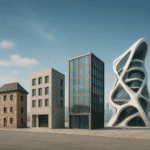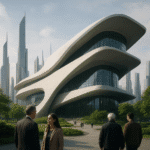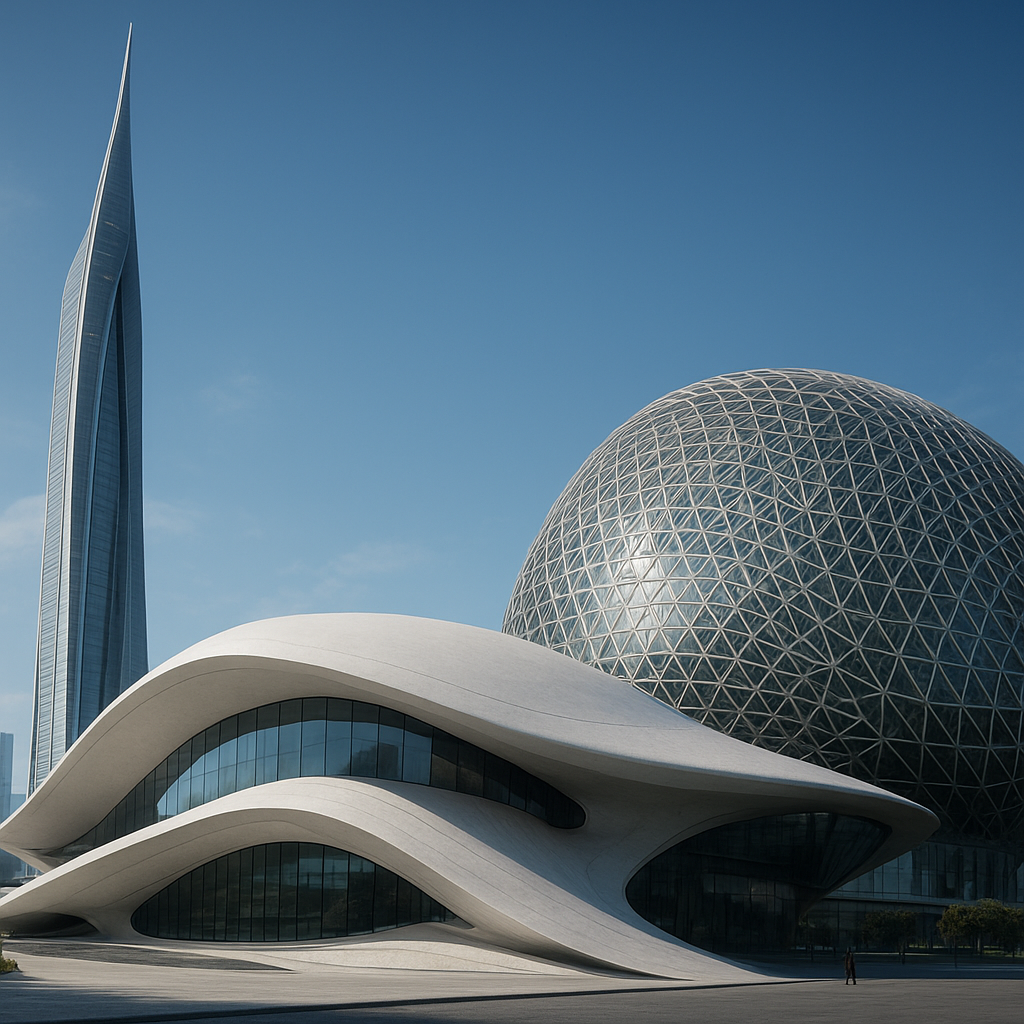Artificial Intelligence (AI) is rapidly transforming various industries, and architecture is no exception. As architects and designers explore new ways to integrate AI into their workflows, the question arises: Is AI the next design partner in architecture? This article delves into the potential of AI in reshaping architectural design, examining its current applications, future possibilities, and the challenges it presents.
The Role of AI in Modern Architecture
AI’s influence on architecture is becoming increasingly evident as it offers innovative solutions to complex design challenges. By leveraging machine learning algorithms and data analytics, AI can assist architects in creating more efficient, sustainable, and aesthetically pleasing structures. One of the primary roles of AI in architecture is to enhance the design process by automating repetitive tasks, allowing architects to focus on creativity and innovation.
AI tools can analyze vast amounts of data to identify patterns and trends that might not be immediately apparent to human designers. This capability enables architects to make informed decisions about materials, structural integrity, and energy efficiency. For instance, AI can simulate various environmental conditions to optimize building performance, ensuring that designs are not only visually appealing but also sustainable and functional.
Moreover, AI is being used to generate design alternatives, providing architects with a range of options to consider. By inputting specific parameters and constraints, AI algorithms can produce multiple design iterations, each with unique features and characteristics. This process not only saves time but also encourages creativity by presenting architects with novel ideas they might not have conceived independently.
AI-Driven Design: Opportunities and Innovations
The integration of AI in architecture opens up a world of opportunities for innovation. One of the most exciting prospects is the development of smart buildings that can adapt to their occupants’ needs in real-time. By utilizing AI-powered sensors and systems, these buildings can monitor and adjust lighting, temperature, and security settings, enhancing comfort and efficiency.
AI is also revolutionizing the way architects approach urban planning and development. By analyzing demographic data, traffic patterns, and environmental factors, AI can help design cities that are more livable and sustainable. This data-driven approach allows for the creation of urban spaces that are not only functional but also responsive to the needs of their inhabitants.
Another area where AI is making significant strides is in the realm of virtual and augmented reality. These technologies, powered by AI, enable architects to create immersive experiences for clients, allowing them to visualize and interact with designs before they are built. This capability not only enhances client engagement but also helps identify potential design flaws early in the process, reducing the risk of costly revisions.
Challenges and Ethical Considerations
Despite the numerous benefits AI brings to architecture, its integration is not without challenges. One of the primary concerns is the potential loss of human touch in design. As AI takes on more responsibilities, there is a risk that architecture could become overly reliant on algorithms, leading to designs that lack the creativity and emotional resonance that human architects bring to the table.
Additionally, the use of AI in architecture raises ethical questions about data privacy and security. As AI systems collect and analyze vast amounts of data, there is a need to ensure that this information is handled responsibly and that individuals’ privacy is protected. Architects and developers must navigate these ethical considerations carefully to maintain public trust and confidence in AI-driven designs.
Furthermore, the adoption of AI in architecture requires a shift in the skill set of architects. As technology becomes more integral to the design process, architects must become proficient in using AI tools and understanding their capabilities and limitations. This shift necessitates changes in architectural education and training, ensuring that future architects are equipped to work alongside AI effectively.
The Future of AI in Architecture
As AI continues to evolve, its role in architecture is likely to expand, offering new possibilities for design and construction. The future may see AI taking on more complex tasks, such as structural engineering and project management, further streamlining the architectural process. Additionally, advancements in AI could lead to the development of more sophisticated design tools that enhance collaboration between architects, engineers, and clients.
In the long term, AI has the potential to democratize architecture by making design tools more accessible to a broader audience. With AI-driven platforms, individuals without formal architectural training could create and customize their own living spaces, leading to a more personalized and diverse built environment.
Ultimately, the integration of AI in architecture represents a paradigm shift in the way we conceive and construct our built environment. While challenges remain, the potential benefits of AI as a design partner are immense, promising a future where architecture is more innovative, efficient, and responsive to the needs of society.










